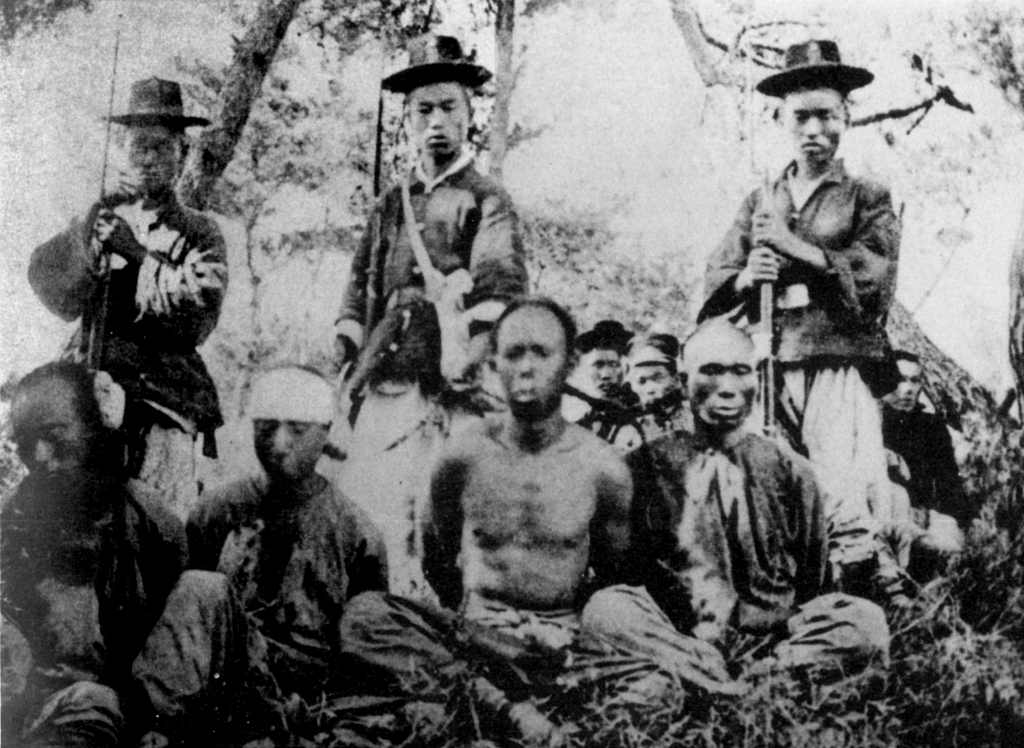
The history of relations between China and Korea spans thousands of years, characterized by deep cultural, political, and economic exchanges. From early migrations and trade routes to complex diplomatic and military engagements, Sino-Korean interactions have shaped the histories of both nations. The following overview examines the evolving ties between China and Korea, highlighting the influence of Chinese dynasties on Korean governance, culture, and society.
Shang and Zhou Dynasties (c. 1600–256 BCE)
The history of relations between China and Korea dates back to mythology and prehistory. Early archaeological evidence suggests that metalworking skills and agricultural practices, such as rice cultivation, were introduced to the Korean peninsula by migrating tribes from the regions of present-day Manchuria and China.
According to legend, Gija (Jizi in Chinese), a noble from the Shang Dynasty, fled to Korea with his followers around 1122 BCE, bringing with him Chinese agricultural techniques, governance models, and Confucian values. This legend reflects the early influence of Chinese civilization on Korea’s development. During the Warring States period (475–221 BCE), as conflicts intensified in China, waves of refugees, scholars, and traders moved eastward, introducing Chinese writing, philosophy, and metal tools to the Korean states.
Han Dynasty (206 BCE–220 CE)
Under the Han Dynasty, China extended its political and cultural reach into Korea. In 108 BCE, Emperor Wu of Han launched a military campaign against Wiman Joseon, defeating its ruler and annexing the northern part of the Korean Peninsula. To consolidate Han authority, the emperor established four military commanderies: Lelang (Nangnang), Xuantu, Zhenfan, and Lintun. Among these, Lelang was the most prominent and enduring, serving as a vital administrative and trade hub.
These commanderies facilitated extensive economic exchanges, enabling the introduction of Chinese currency, iron tools, and advanced agricultural techniques into Korean society. They also served as conduits for the spread of Chinese legal systems, taxation methods, Confucian education, and ceramics. The Han government stationed officials to oversee local governance, and Chinese settlers intermingled with indigenous Korean populations, leading to significant cultural assimilation. Confucianism and Han-style bureaucracy began to take root among the Korean elite, influencing later Korean dynasties.
Although the commanderies eventually declined in the 4th century CE, they marked the beginning of Korea’s formal incorporation into the Han-dominated East Asian sphere, a trend that would persist in subsequent centuries.
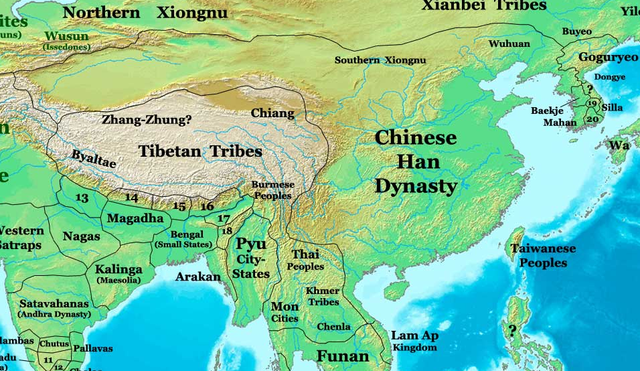
Three Kingdoms period (220-280 CE), Jin Dynasty (266-420 CE), Sixteen Kingdoms (304-439 CE), and the Northern and Southern Dynasties (420-589 CE)
The fall of the Han Dynasty led to political fragmentation in China, while the Korean peninsula saw the rise of the Three Kingdoms: Goguryeo, Baekje, and Silla. Each kingdom engaged in both warfare and diplomacy with China, recognizing the benefits of trade and cultural exchange.
- Goguryeo, positioned in the north, frequently clashed with China but also absorbed Chinese influences, adopting Confucianism and Buddhism. A Confucian Academy was established in 372 CE, and Chinese architectural styles were incorporated into tombs and temples.
- Baekje maintained strong diplomatic ties with Chinese dynasties, regularly sending embassies to Chinese courts and receiving Chinese artisans, scholars, and monks.
- Silla, initially a subordinate state, deepened its relationship with China later on, leveraging its alliance to unify Korea under its rule.
Tang Dynasty (618–907 CE)
During the Tang Dynasty, China sought to strengthen its control over the region. In the 7th century, Silla allied with the Tang court to defeat Goguryeo and Baekje, leading to the unification of the Korean peninsula in 668 CE. Although the Tang Dynasty initially aimed to establish a military presence in Korea, Silla successfully resisted prolonged Chinese rule and established itself as an independent state while maintaining close tributary relations with China.
Meanwhile, the northern state of Balhae, founded by former Goguryeo elites, maintained diplomatic and trade relations with the Tang court. However, tensions persisted as Balhae attempted to assert its independence, leading to military confrontations.
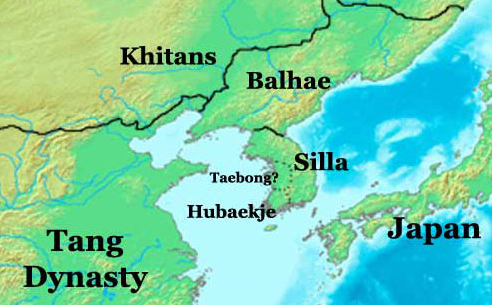
Song Dynasty (960–1279 CE)
Under the Song Dynasty, relations between China and Korea flourished in trade, education, and diplomacy. The Goryeo Dynasty, which succeeded Silla in ruling Korea, paid tribute to the Song court while benefiting from economic exchanges. Goryeo exported gold, silver, ginseng, and fine ceramics, while China supplied silk, tea, books, and advanced technologies. The Chinese civil service examination system was adopted in Korea, reinforcing Confucian principles in governance and education.
Culturally, Goryeo’s ruling class admired Chinese literature and philosophy, fostering an elite class deeply influenced by Confucian ideals. Buddhism remained a dominant religious force, with many temples constructed following Chinese architectural models.
Yuan Dynasty (1271–1368 CE)
During the Yuan Dynasty, China’s Mongol rulers extended their influence over Korea, making the Goryeo Kingdom a semi-autonomous vassal state. Korean rulers were required to send hostages to the Yuan court, intermarry with Mongol nobility, and provide military support for Mongol campaigns. Despite these political constraints, cultural exchanges between the two regions continued. Neo-Confucianism, which gained prominence in China under the Song and Yuan Dynasties, took deeper root in Korea, shaping its societal and bureaucratic structures.
Ming Dynasty (1368–1644 CE)
With the fall of the Yuan and the rise of the Ming Dynasty, Korea reestablished its traditional tributary ties under the newly formed Joseon Dynasty. The Joseon rulers, particularly King Sejong, fully embraced Confucianism as the state ideology, drawing heavily from Chinese administrative, legal, and philosophical traditions.
During this period, the Ming court provided military assistance to Korea during the Japanese invasions of the late 16th century (Imjin War, 1592–1598), strengthening the bond between the two states. In return, Korea remained one of China’s most loyal tributary states, frequently sending diplomatic missions to the Ming court.
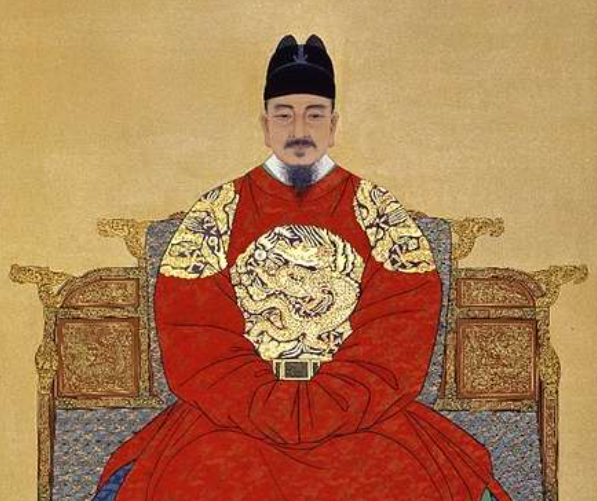
Qing Dynasty (1644–1912 CE)
The Qing Dynasty’s rise marked a shift in Sino-Korean relations. Initially, the Joseon Dynasty resisted acknowledging Qing rule, viewing the Manchus as foreign invaders. However, following the Qing invasions of Korea in the 1630s, Joseon was forced to recognize Qing suzerainty and send tribute to the Qing court.
Despite political subjugation, the Joseon rulers maintained a strong cultural allegiance to Ming ideals, fostering a unique Korean identity that both respected and sought to preserve Chinese Confucian traditions. Trade with the Qing Dynasty remained robust, with Korean merchants engaging in economic exchanges for silk, medicinal herbs, and books.
Modern Era (1912–present)
The collapse of the Qing Dynasty in 1912 marked a turning point in Sino-Korean relations. The early 20th century saw Korea fall under Japanese colonial rule (1910–1945), temporarily severing traditional ties with China. However, Chinese support for Korean independence movements, particularly through the Provisional Government of Korea established in Shanghai, kept diplomatic ties alive.
Following World War II and the division of Korea, China aligned with North Korea, providing military assistance during the Korean War (1950–1953) against South Korea and U.S.-led UN forces. This cemented a strong alliance between China and North Korea, which continues today. Meanwhile, Sino-South Korean relations remained tense until the normalization of diplomatic ties in 1992. Since then, China has become South Korea’s largest trading partner, with economic cooperation flourishing despite occasional political tensions.
..
Related articles:
Why the People’s Republic of China Didn’t Invade Taiwan?
History of relations between China and Korea
Images:
Northeast_Asia_at_900.png: Original map by Talessman. Crop by Sven Manguard (talk)derivative work: Sven Manguard, CC BY-SA 3.0 https://creativecommons.org/licenses/by-sa/3.0, via Wikimedia Commons
East-Hem_200ad.jpg: Thomas Lessman (Contact!)derivative work: Hongkongresident, CC BY-SA 3.0 https://creativecommons.org/licenses/by-sa/3.0, via Wikimedia Commons

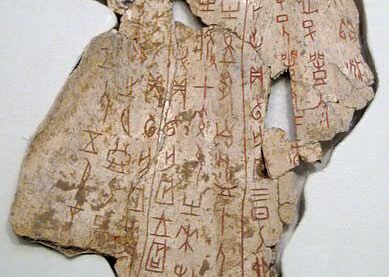
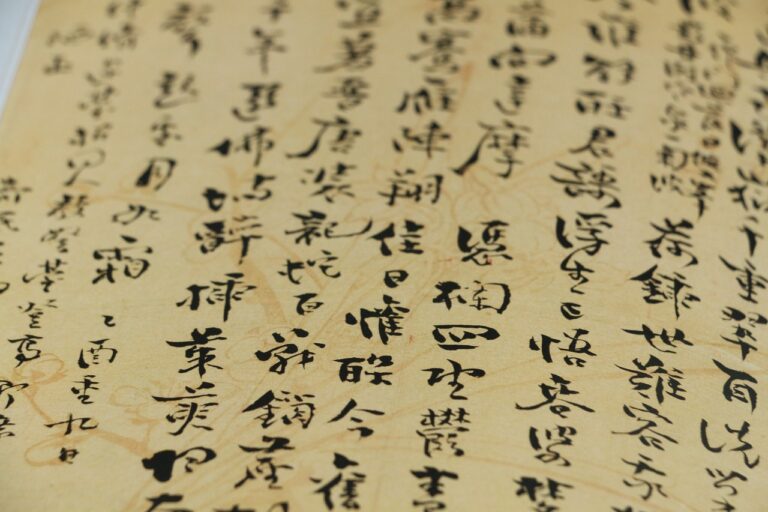
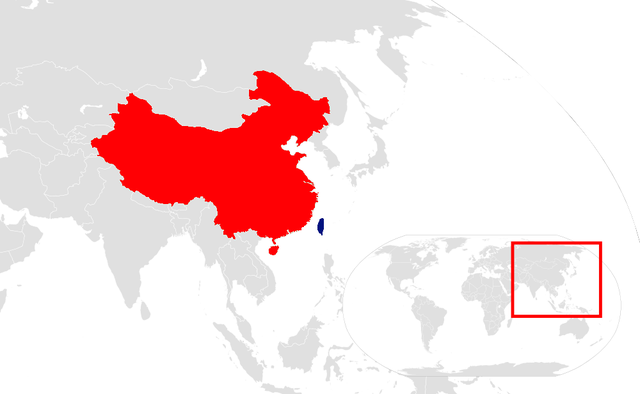

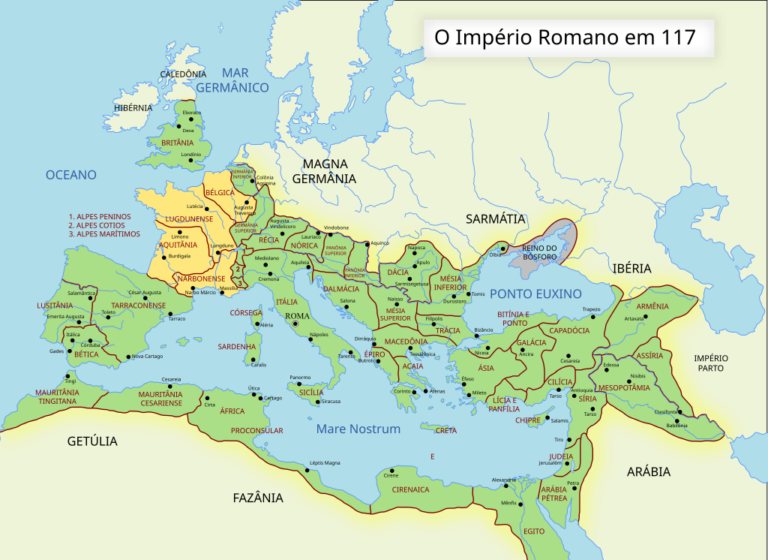
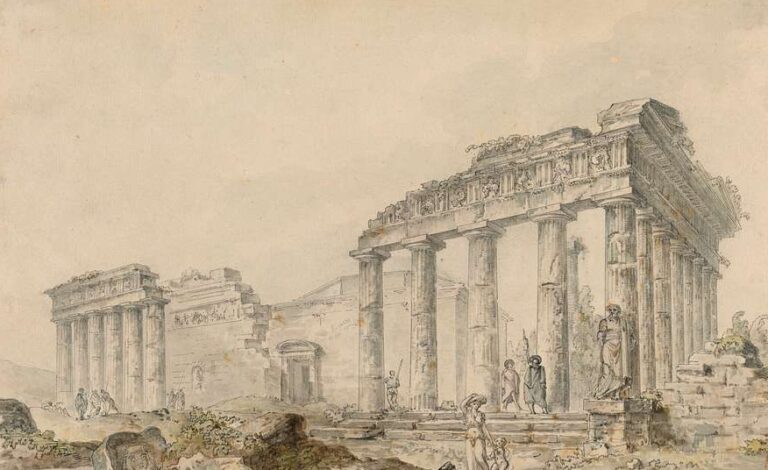

Great article thanks for the insight